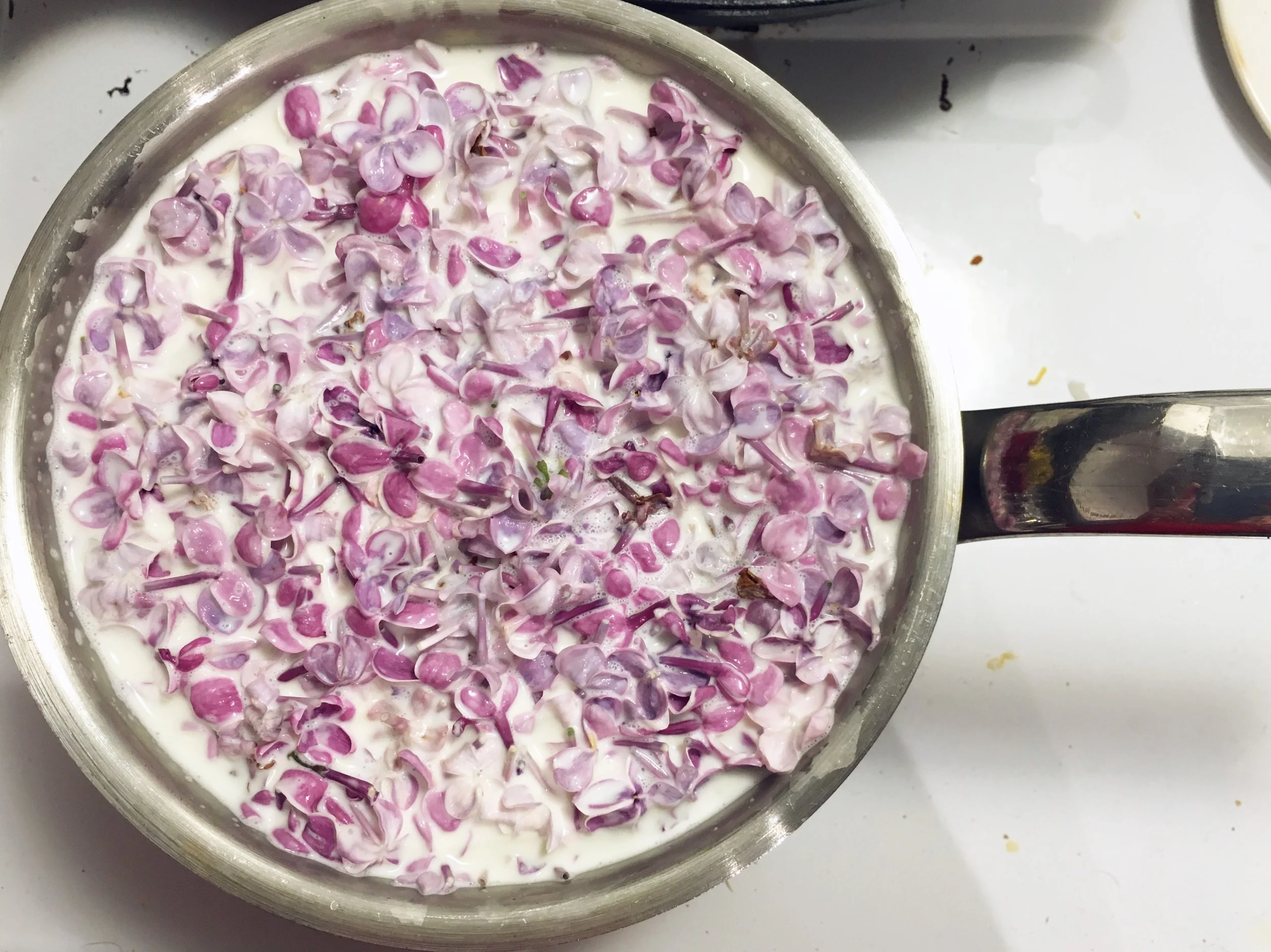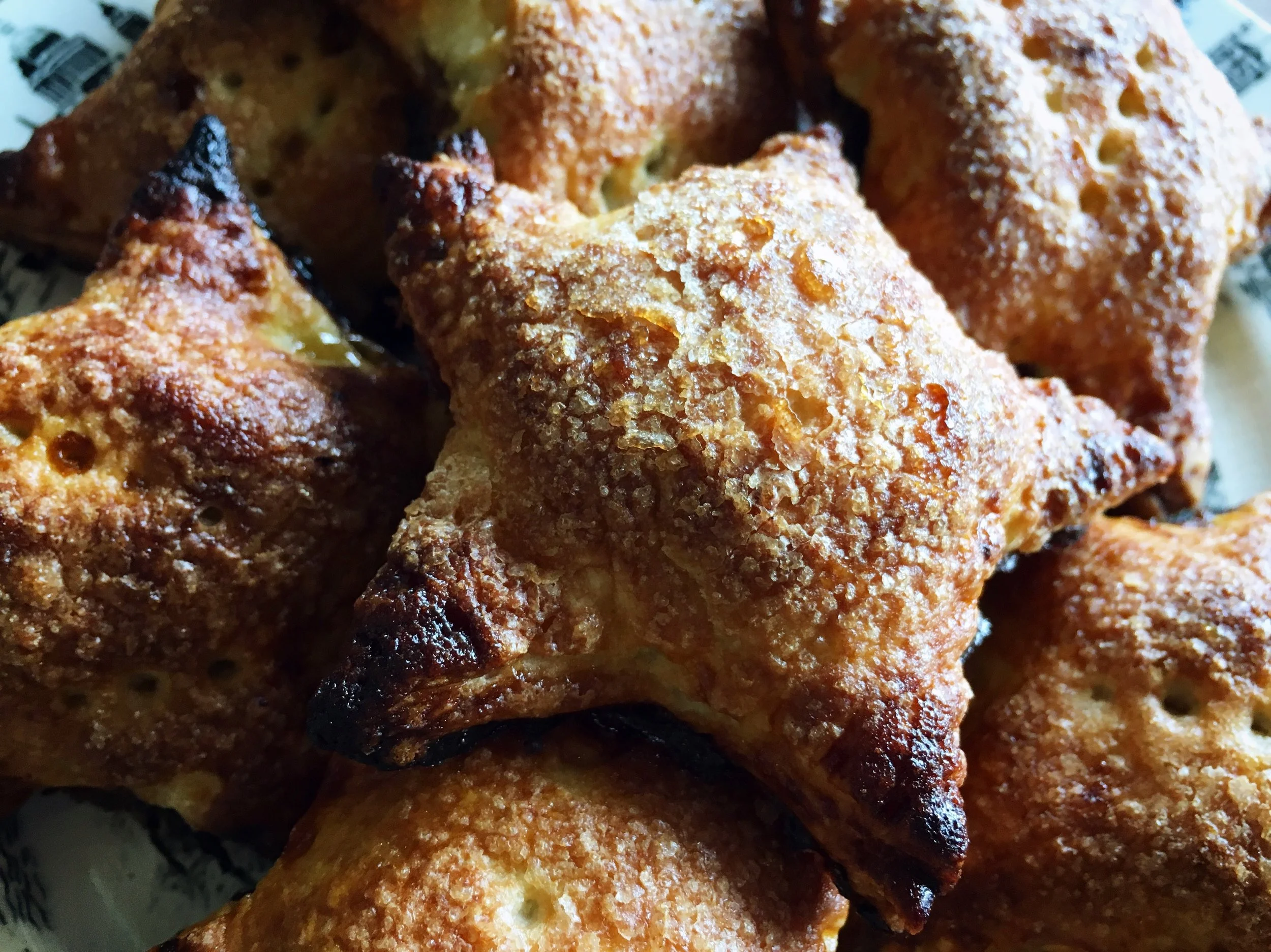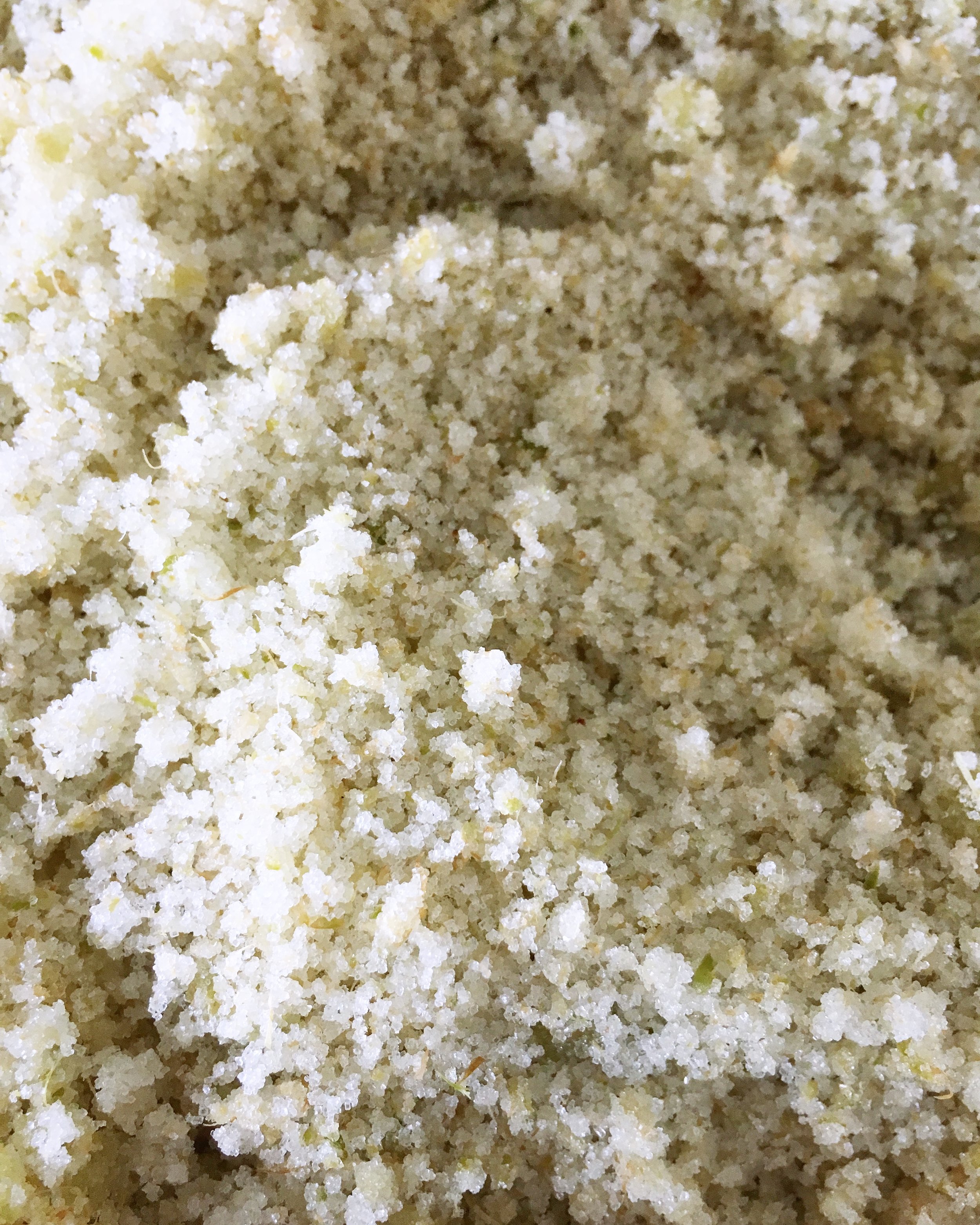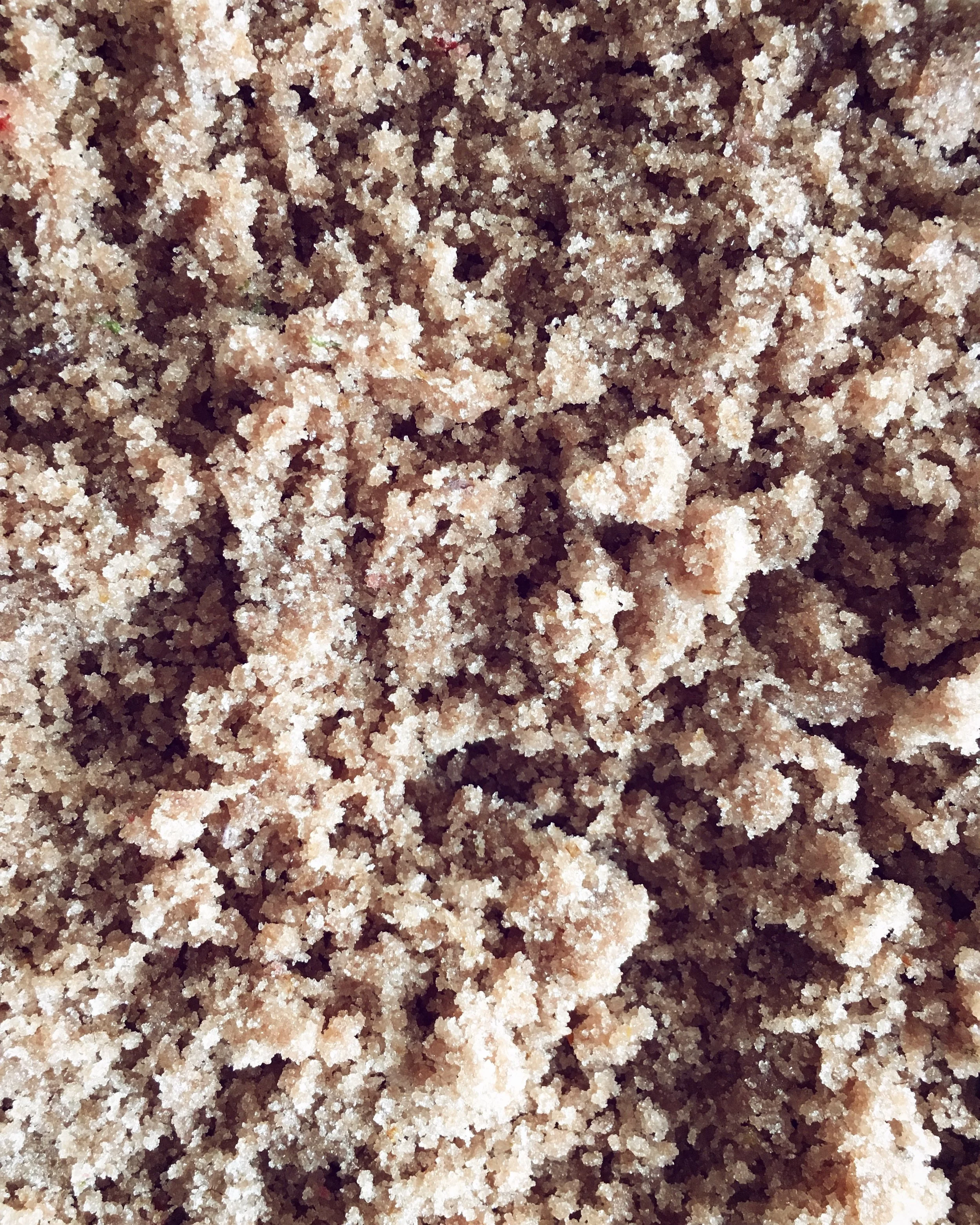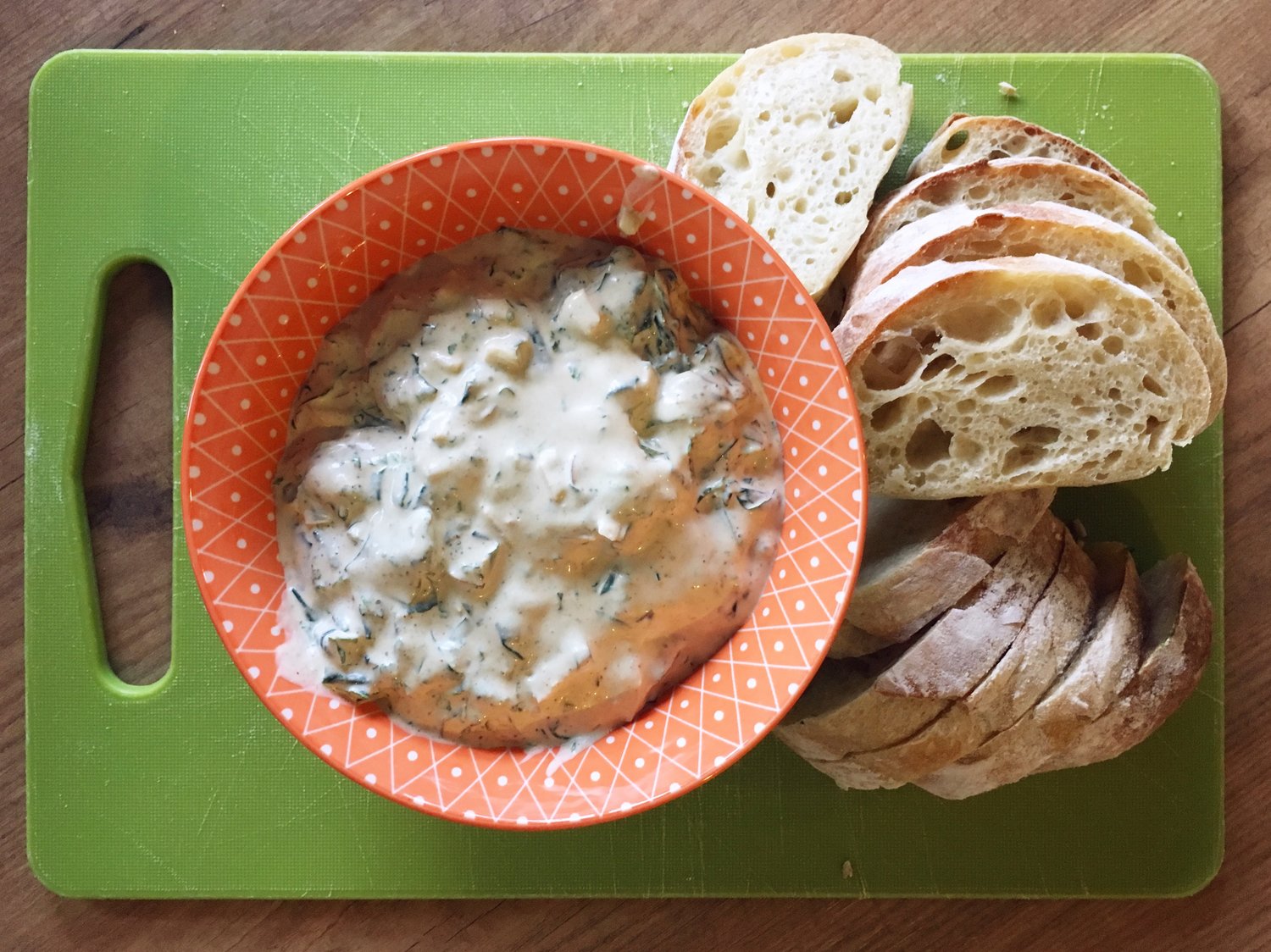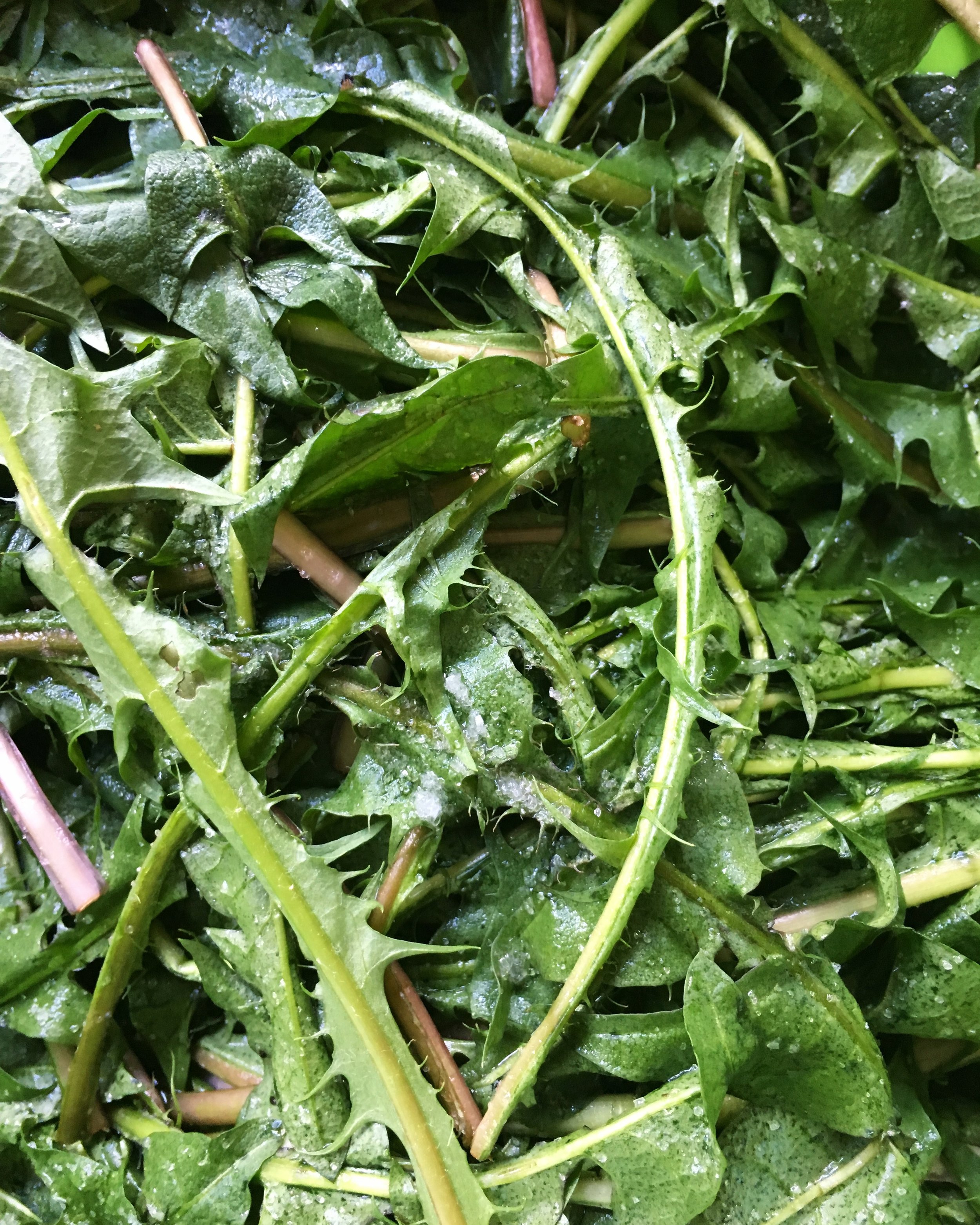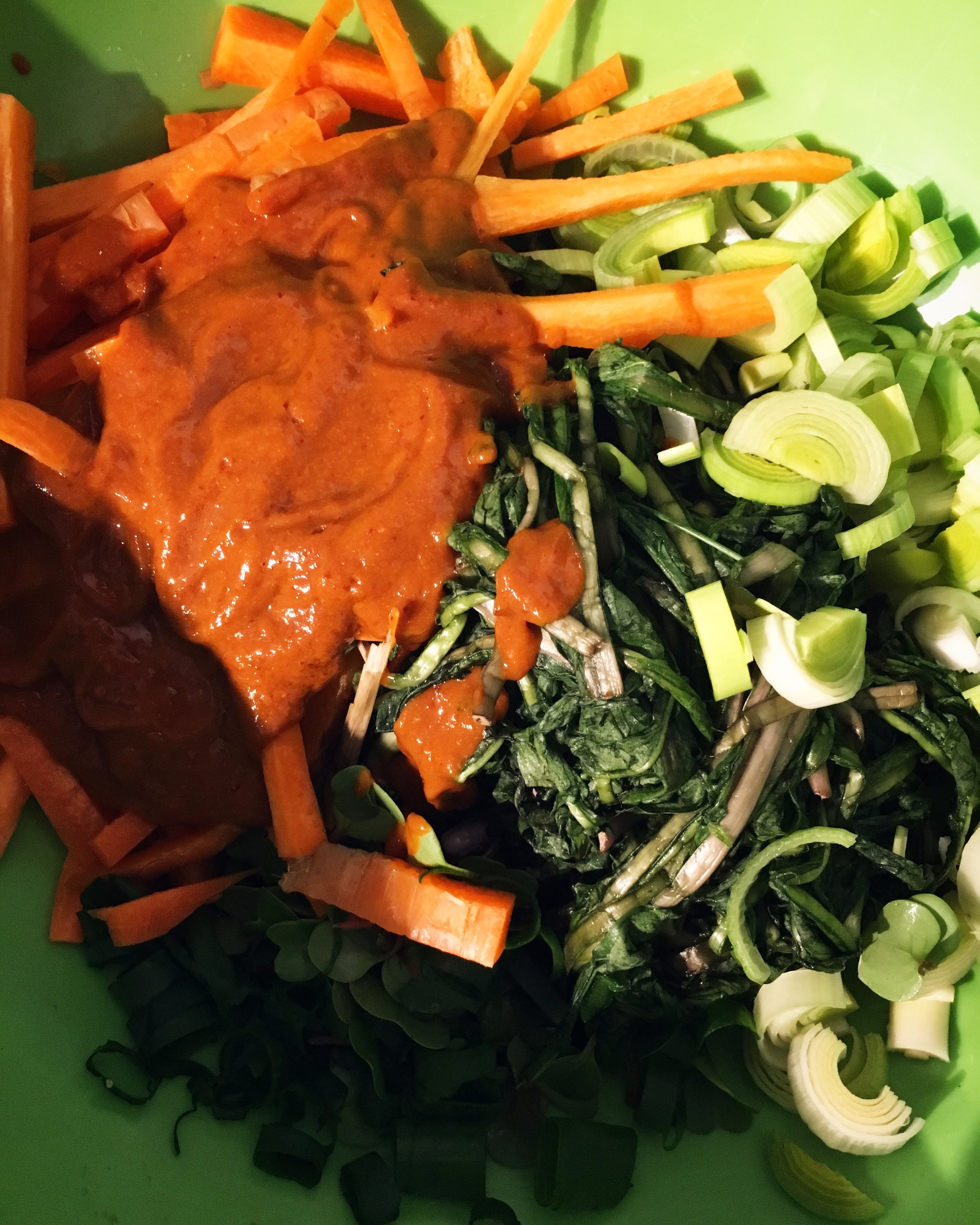Floral Ice Cream
I don't tend to like a lot of single use kitchen gadgets, but one that I will never regret buying is my Cuisinart Ice Cream Maker. I love ice cream! Being able to make my own and experiment with different flavours is something I really enjoy.
I wanted to share this recipe, because it is so versatile, and it is unlikely you'd ever find these kinds of flavours on the shelf in your local grocery store. You don't even really need to make it with flowers - really any herb or spice blend you wanted to infuse into the cream would be great. I don't think this would be an ideal method for making fruit flavoured ice cream, though.
My photos in this post are doing a bit of time travelling back to when lilacs were blooming. I had planned to post this recipe in the spring, but somehow it got left behind. I decided that just because lilacs in particular were done there was no reason this recipe couldn't still be shared. You can make this recipe with any edible flower you like the taste of (here's a handy list of edible flowers), and they can be used fresh or dried.
The first step for making your ice cream, is to infuse the cream with the petals. I used two cups of heavy/whipping cream and two cups of whole milk. Cram in as many flowers as will fit, and heat the mixture gently for about half an hour. After that you'll move the cream to the fridge and leave it to cold infuse for 24 hours. The next day you strain that and use it as the base for your custard.
Floral Ice Cream
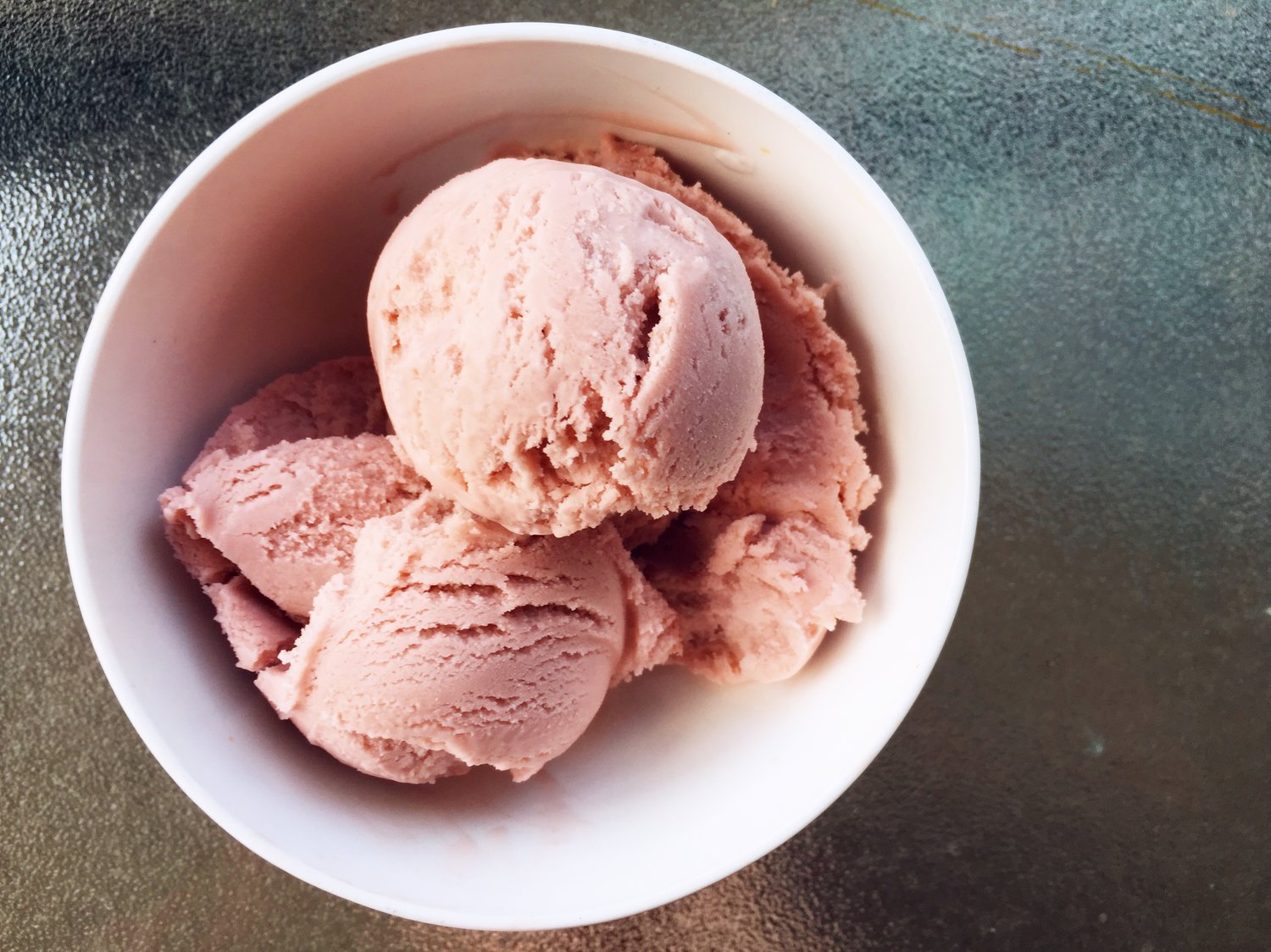
Ingredients
- 2 Cups Heavy Cream
- 2 Cups Whole Milk
- 3 Cups (approx) Edible Flowers of Choice
- 1 Cup Sugar
- 2 Large Eggs
- 1 tsp Vanilla
- 1-2 drops food colouring (optional)
Takes , serves 4.
Instructions
- Combine the cream, milk, and flowers in a pot on the stove and allow to infuse over medium heat for about 30 minutes. After this allow to cool, and then transfer to the fridge to continue to cold infuse overnight.
- Strain the flower infusion, and return to the stove on medium heat. Add the sugar.
- Crack the eggs into a separate bowl and beat with a fork until homogenous. Very slowly - stirring constantly - pour some of the hot cream mixture into the beaten eggs to temper them. Return the pot to the stove, and then add the tempered eggs and vanilla (and food colouring if desired - lilacs do not impart a lot of colour when cooked, so I added some colour to make it look more appetizing). Continue to cook on medium heat, but do not allow the mixture to boil. You’ll know the custard is done when it has thickened to the point where it coats the back of a spoon, and you can easily draw a line through it with your finger.
- Transfer the finished custard to the fridge to cool and age for at least over night or up to two days.
- Freeze in your ice cream maker according to the manufacturers instructions. For my machine it makes soft serve immediately, but for a more “scoopable” texture put in an airtight container in the freezer for a few hours until you like the consistency. Enjoy!
Some of these links are affiliate links for which I will receive a small commission from any sale made. Any product linked here is something I have tried and would absolutely recommend from my own experience with the company.

